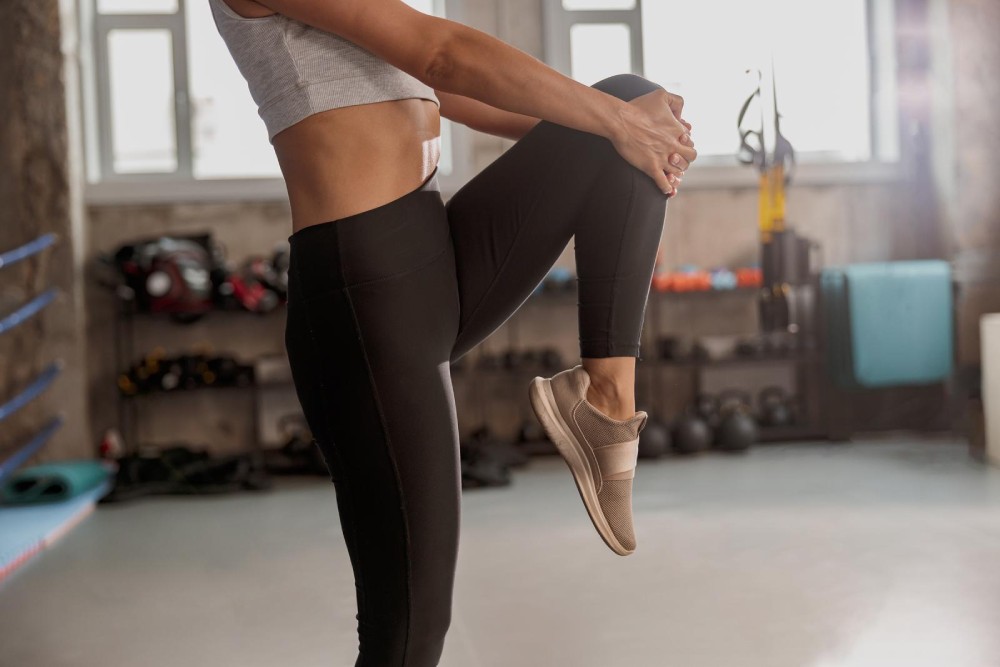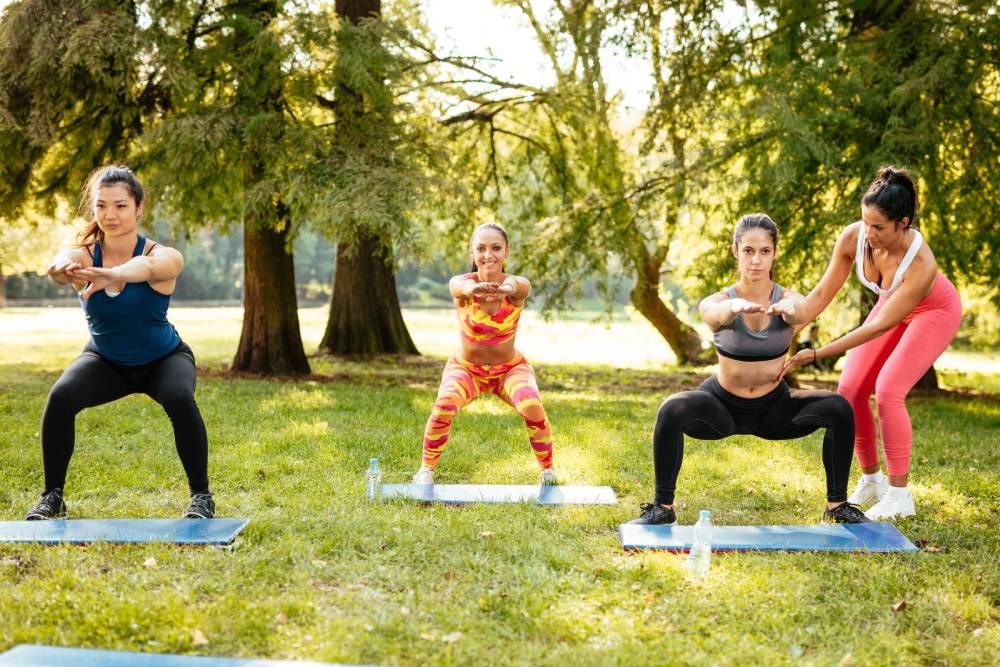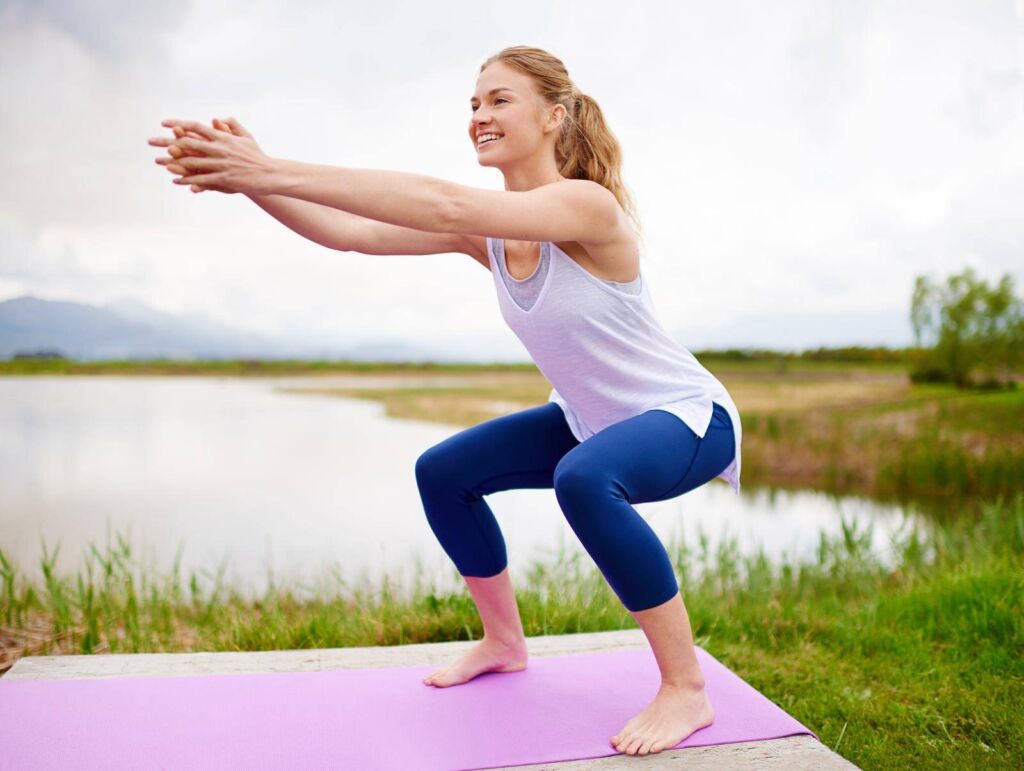If you’re a runner, you’re always looking for the next best thing to increase speed and endurance, so do squats make you run faster? Let’s break it down.
When I was a fresh-faced recruit in the Marine Corps, my body was introduced to all manner of uncomfortable physical activity, including running. So, do squats make you run faster? Strength-building exercises such as squats can help you develop more leg strength and improve your speed and endurance.
Squats increase muscular strength allowing you to power up hills and run on flat surfaces faster while increasing your stride. Plus, the more you develop the muscles in your body, the more efficiently they will use oxygen, reducing fatigue.
Contents
Why You Should Powerup Your Legs

During my initial strength test (IST) during my first week of basic training, I did pretty poorly, especially regarding the two-mile run. However, after a week in a physical condition platoon, where they focused on building muscle strength, my second test was pretty much a breeze. I remember having the feeling of riding on my legs as though they were a vehicle, as opposed to feeling every miserable shock from each footfall.
That’s one of the biggest differences muscle strength can make during your runs. You don’t really feel the shock nearly as much when riding on finely tuned muscles. The difference feels like night and day. For those having trouble with runs or thinking about starting, doing squats three to five days a week with stretching every day will make a massive difference in your comfort and performance.
What Muscles Do Squats Make Stronger?
Squats are among the essential exercises you can perform without equipment, along with push-ups and jumping jacks. Squats work for several muscle groups at one time, such as your:
- Quadriceps
- Glutes
- Calfs
- Hip muscles
- Obliques
- Hamstrings
This exercise also strengthens your ligaments, tendons, and bones that support your leg muscles, which take the weight off your ankles and knees while helping them become more stable. Squats also help you stay limber, which is especially important for older adults since our muscles, ligaments, and tendons tend to become less elastic as we age. They also improve your posture and balance while giving you a much more sculpted backside.
How To Do A Proper Squat

Like any other exercise, there’s a right and wrong way to do squats. Maintaining proper form is vital to getting the most out of your squats and reducing the risk of injury. You might also be wondering should running shorts be tight or loose.
The best way I can describe a proper squat is sitting down in a chair and getting back up without using your hands. In fact, for beginners, this is a great way to get started if you can’t do an unassisted squat. Here are some simple steps for doing assisted squats using a chair.
- Stand in front of the chair (preferably one without arms) with your feet shoulder-width apart and toes pointing straight ahead.
- You want to keep your head and spine neutral with your chest and chin slightly raised. Inhale as you bend your lower hips and knees, and be sure to engage your core. You may also lift your arms like you’re reaching out to contribute extra balance as you lower your body.
- You don’t want to sit in your chair fully. Instead, allow your butt to tap the chair lightly.
- You’ll then exhale while squeezing your hamstrings and glutes, driving your hips up and forward to return to the standing position.
- Be sure not to cheat yourself, and keep your back, neck, and chin as straight as possible. You’ll feel it in your quads when you’re performing squats correctly, and if you think most of the pressure is on your knees, you are likely not doing them correctly.
- Doing three sets of 10 repetitions is a good start until you feel strong enough to do your squats unassisted.
If this is still a bit too difficult, you can build up by fully sitting down between each rep until you feel strong enough to do multiple reps without rest. There’s nothing wrong with building slowly, as it improves your chances for success while decreasing the likelihood of burnout and injuries.
Unassisted Squats
There’s not much difference between unassisted and assisted squats. You can follow the same steps as above, with the main difference being you won’t have a chair at all. Instead, you’ll drive up once your butt is where the chair would be. Check out our guide on should you drink Gatorade before or after a run.
FAQs On Do Squats Make You Run Faster?
Are squats bad for your knees?
Squats are not bad for your knees, just the opposite. They benefit knee health by building up numerous support muscles, ligaments, tendons, and bones. However, doing squats poorly can hurt your knees.
Do squats make your butt bigger?
While this question may seem like a myth, the truth is that squats can actually help you achieve bigger glutes (or a bigger butt). However, that’s not necessarily a bad thing. It just depends on your aesthetic preference. Squats can add more definition and sculpt your glutes while making the muscle more powerful and active to benefit your body’s overall performance.



